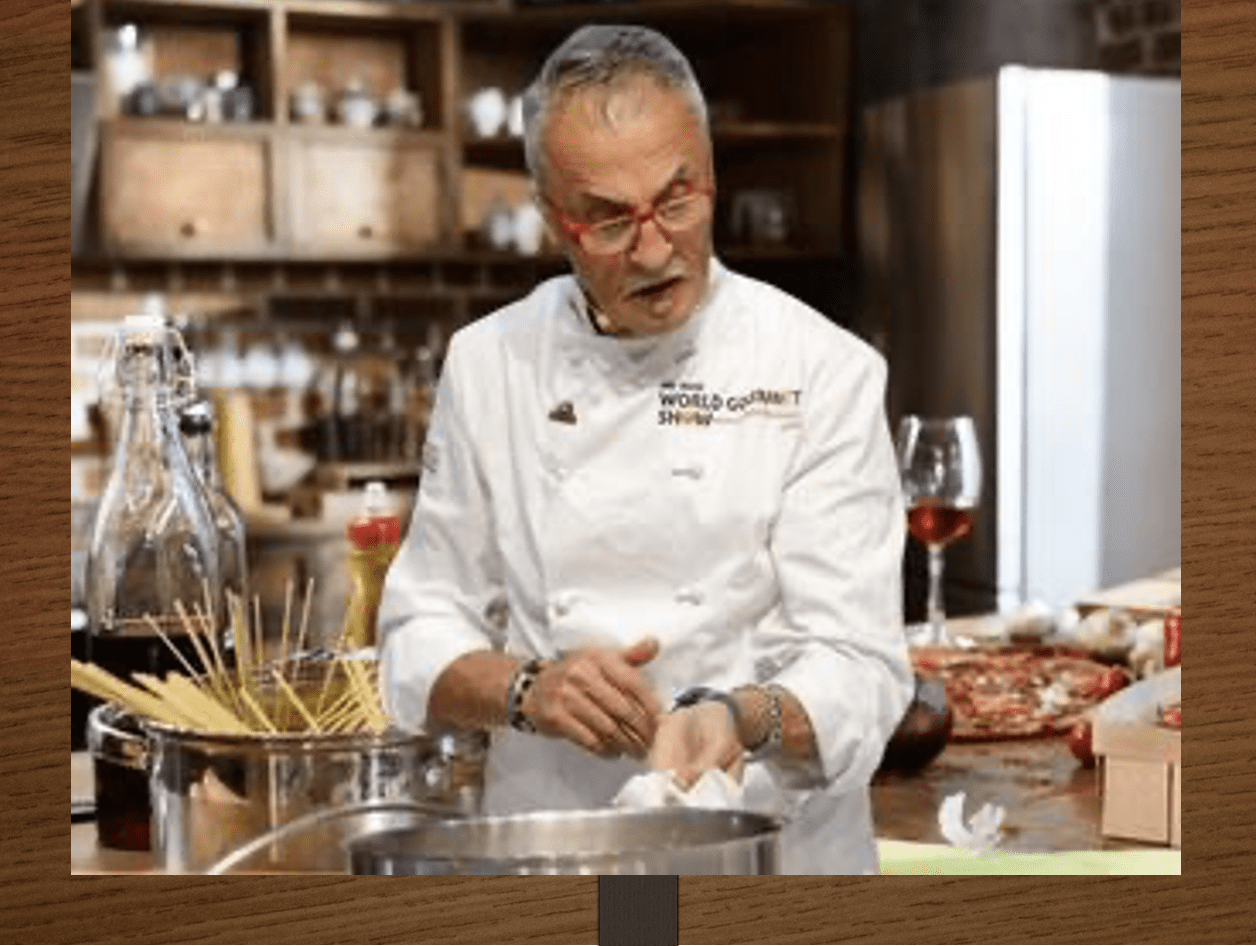Search Posts
Recent Posts
- Vinny Paz to be inducted TODAY into the International Boxing Hall of Fame – CES Boxing June 7, 2025
- In the News… quick recap of the week’s news (6.7.25) June 7, 2025
- Burn with Kearns: Strong without the spend: How scraps became strength tools – Kevin Kearns June 7, 2025
- Rhode Island Weather for June 7, 2025 – Jack Donnelly June 7, 2025
- How to advocate for threatened properties: The Heritage Alliance of Pawtucket June 7, 2025
Categories
Subscribe!
Thanks for subscribing! Please check your email for further instructions.

Ask Chef Walter: When in Florence… Lampredotto – Walter Potenza
by Chef Walter Potenza, contributing writer
When in Florence…
Lampredotto is the perfect street food, invented centuries before the kebab.
Friends:
During my culinary tourism tour in Tuscany this past September, I embarked on a mission to find the perfect lampredotto in Florence. The weather was gentle, carrying the scents of fresh blooms and the robust aromas of street food.

Get the latest on food, wine, travel, cooking and culture
www.flavorsandknowledgetours.com
Florence, a city that harmoniously blends art and gastronomy, is profoundly loved for lampredotto, a traditional dish crafted from the cow’s fourth stomach and slow-cooked to perfection. As I wandered through the lively streets of the historic center, the sound of locals and tourists congregating around food stalls, sharing their culinary discoveries, echoed in my ears.
Guided by my instincts (and the alluring aroma), I went to the renowned San Lorenzo market in the city center. I discovered a modest stall dedicated to one of Florence’s most cherished street foods there. Greeted by the vendor’s knowing smile, I eagerly ordered lampredotto to see if it lived up to its reputation.
The dish arrived, served in a soft, crusty bun soaked in broth. The tripe was tender and flavorful, with a dash of green sauce and a hint of hot chili sauce completing the experience. With each bite, I could taste centuries of tradition, the vendor’s skill, and the city’s soul.
This lampredotto was undeniably one of the finest I’d ever tasted. The experience was more than just about the food—it was about Florence’s vibrant energy, rich culinary heritage, and ability to surprise and delight at every turn.
Let’s discover what it is!
Lampredotto is the perfect street food, invented in Florence centuries before the kebab. The story The Cradle of the Italian Renaissance hides a treasure of taste that can boast centuries of tradition. Let’s find out together why it has become a myth. In the center of Florence, among Renaissance architecture and immortal works, the tradition of an exquisite specialty has been perpetuated for centuries: lampredotto.
Long before the term street food was coined, generations of Florentines were already used to eating this street food, which consists of a sandwich stuffed with beef offal. A poor preparation, but not for this reason, not tasty, which, recently, mainly thanks to social networks, is acquiring large groups of admirers.
The origins of lampredotto
This exquisite specialty is the heir to a past rich in art and magnificence but also of great poverty: a gastronomic expression of a society in which, if the wealthier classes could afford sumptuous banquets embellished with delicacies of all kinds, the poorer classes had to make do with scraps. It was precisely this need that led to the development of the processing of bovine offal, including the so-called abomasum, the main ingredient of lampredotto.
Numerous testimonies attest to the sale of the latter at Florentine markets in the Middle Ages, a period in which, as already mentioned, it was mainly the humblest classes of the population who ate it. A curiosity: it would seem, even if there is no certainty about it, that the name lampredotto was coined precisely in that period, when the dish became the economic substitute for lamprey, a fish that, at the time, was also present in the Arno and was never missing from the tables of the nobles.
For hundreds of years, tripe makers have prepared lampredotto. Given its relative simplicity, the hand of these ancient artisans of taste, guided by sensitivity and experience, has always made a difference. Their corporation was founded in the fifteenth century. At the time, they went around the city pushing simple wooden carts.
The trade was often passed down from father to son, giving rise to a tradition that continues today, even if tiny structures, the so-called bancheni, have replaced the carts. At this point, it will be helpful to understand how lampredotto is made: Orazio, owner (fourth generation) of Trippaio Del Porcellino, in business since 1893 and located in the city center, explains it to us. It begins with cooking the meat in a vegetable broth made from celery, carrots, and onion.
A soffritto is prepared separately, to which, once golden, red wine, chard (for the “in zimino” variant), boiled lampredotto, and finally, tomato are gradually added. When the mixture is finally cooked, it is served inside the typical soft round bun, the semelle.
It is not uncommon for the whole thing to be further flavored with the addition of the traditional Tuscan green sauce, made with plenty of parsley, stale bread crumbs, eggs, garlic, anchovies, vinegar (and lemon), olive oil, salt, and pepper.
As Mr. Orazio himself explained in an interview, for many years, lampredotto and those who prepare it were held in very low regard (“When I started, if you wanted to offend someone, you would tell them to be a tripe seller”).
Word-of-mouth marketing online has made lampredotto “everyone knows it and wants to try it,” making it a symbol of local gastronomy. Beyond marketing, it should be emphasized that the value of lampredotto lies in the particularity of its taste and its importance from a historical and cultural point of view: by eating it, you can taste a “piece of Florence,” diving into this city’s glorious past.
Image attribution via Trippaio del Porcellino
___


Meet Chef Walter!
There is a constant, recognizable thread in the career of Walter Potenza to elevate the level of Italian culinary culture in the United States. Besides his unquestionable culinary talent and winning business perspective, Chef Walter has been a relentless educator with passion and knowledge who defeats stereotypes. His life, career, and values are a model, an example to follow by any chef of Italian gastronomy working outside Italy.
Chef Walter appears regularly on National and International Networks such as Food Network, ABC, CBS, NBC, RAI, FOX, and Publications such as NY. Times, Washington Post, Wall Street Journal, Food & Wine, Saveur, Gourmet, and several Italian media outlets. And now – RINewsToday!
